In this general model of the Traditional Greek Cuisine, the inhabitants of the Greek provinces put their own enthusiasm, their own special flavors, and based on their local products they created Local Traditional Recipes.
The main feature of the traditional diet in Rhodes is the variety of foods, the predominant food types being legumes, cereal, wild greens, olive oil, fish, fresh fruit and vegetables. Mediterranean diet is about rare consumption of red meat and limited quantities of dairy products. Because according to Aristotle both eating and drinking too much or too little destroy health, diet should be well-balanced. The Greek traditional diet has become renowned all over the world because it has been found to promote health and prevent illness to a much larger extent than other diets.
It is understood that local conditions in Rhodes and the natural wealth of each area, its climate as well as the influences exerted by other people and traditions play an important role in shaping the local cuisine. Several of the dietary habits in the regions of Rhodes are also found in many areas of the Mediterranean, such as Asia Minor and Southern Italy, which is evidence of the ancient family bonds and the contact with these countries.
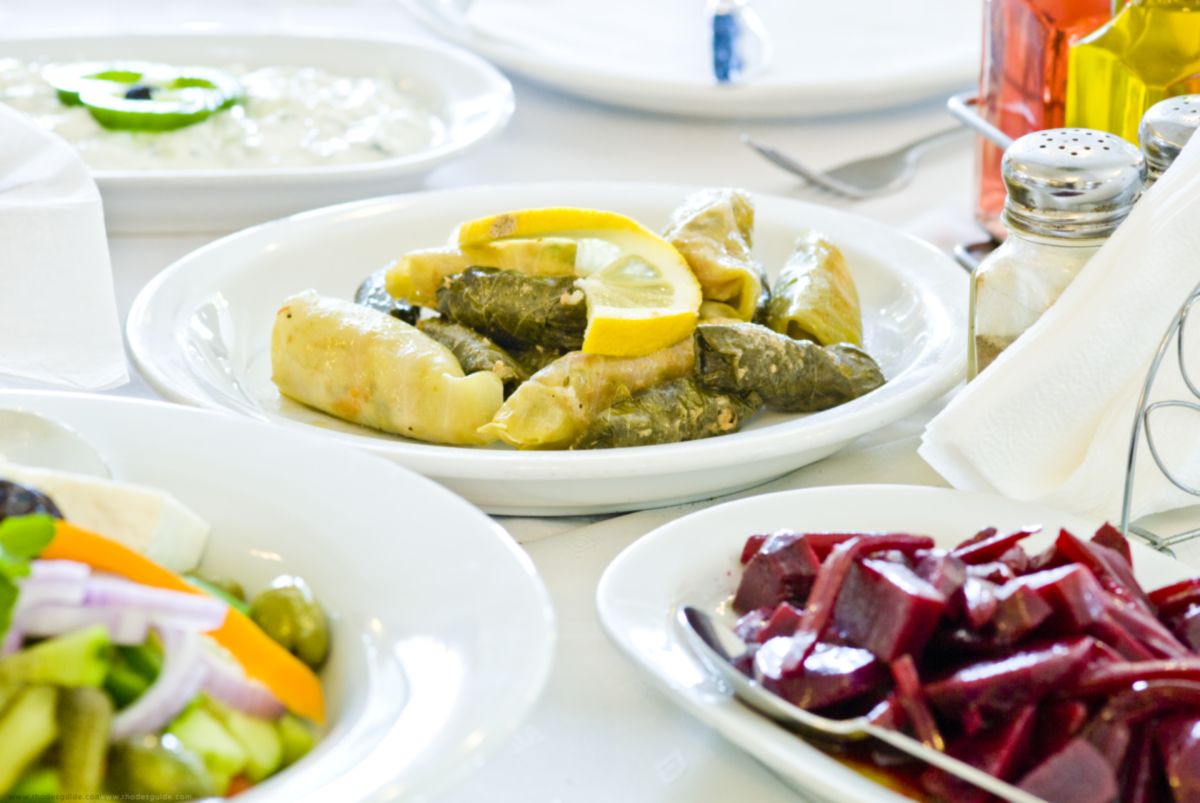
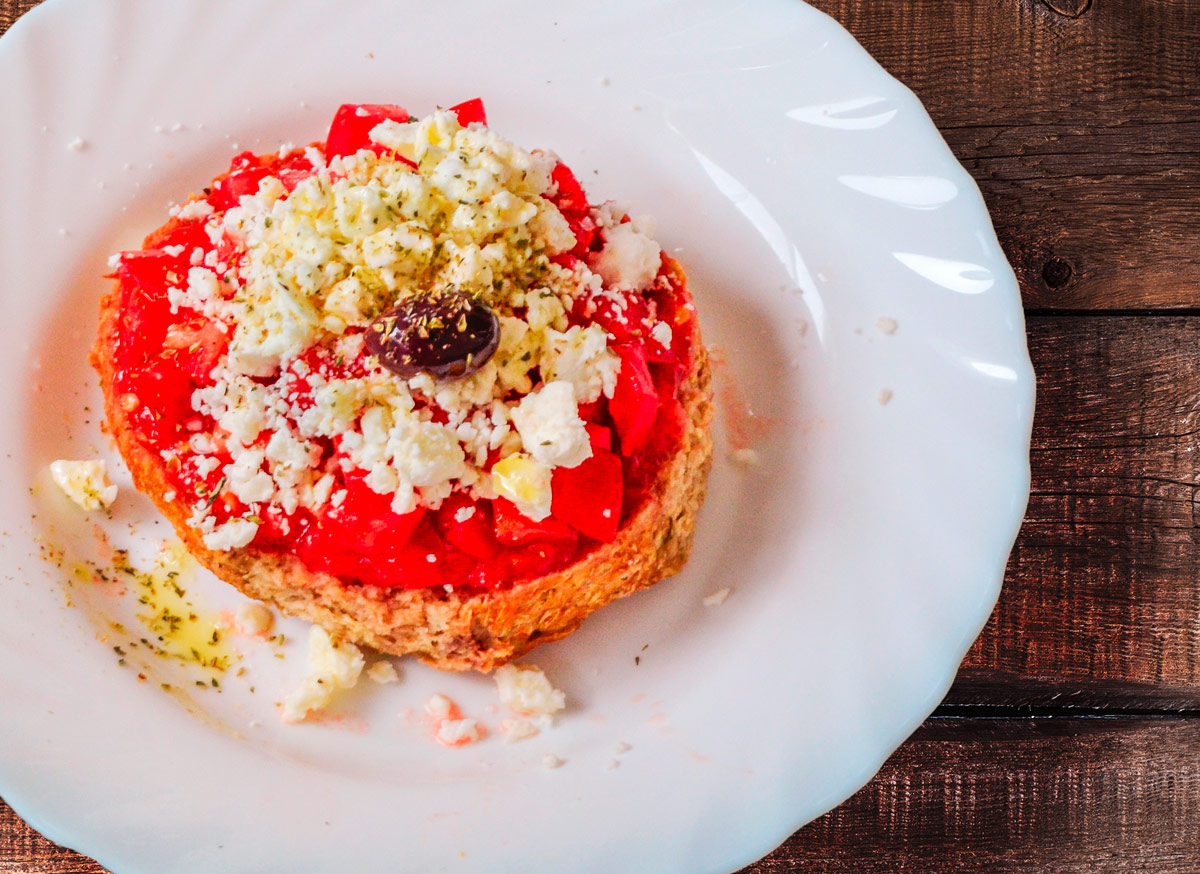
Food variety is king
A main characteristic of the typical table set on Rhodes is the variety of dishes served. There are, for example, a lot of "meze" selections. Vegetables and greens, legumes and mainly broad beans and horse beans, fresh fish and seafood from the Greek seas, juicy fruit, high-quality meat, cheeses, the refreshing Greek yogurt and dense and aromatic thyme or multi-flower honey, all of which are products of Rhodes and, are ample on the island with the Mediterranean climate and fertile land.
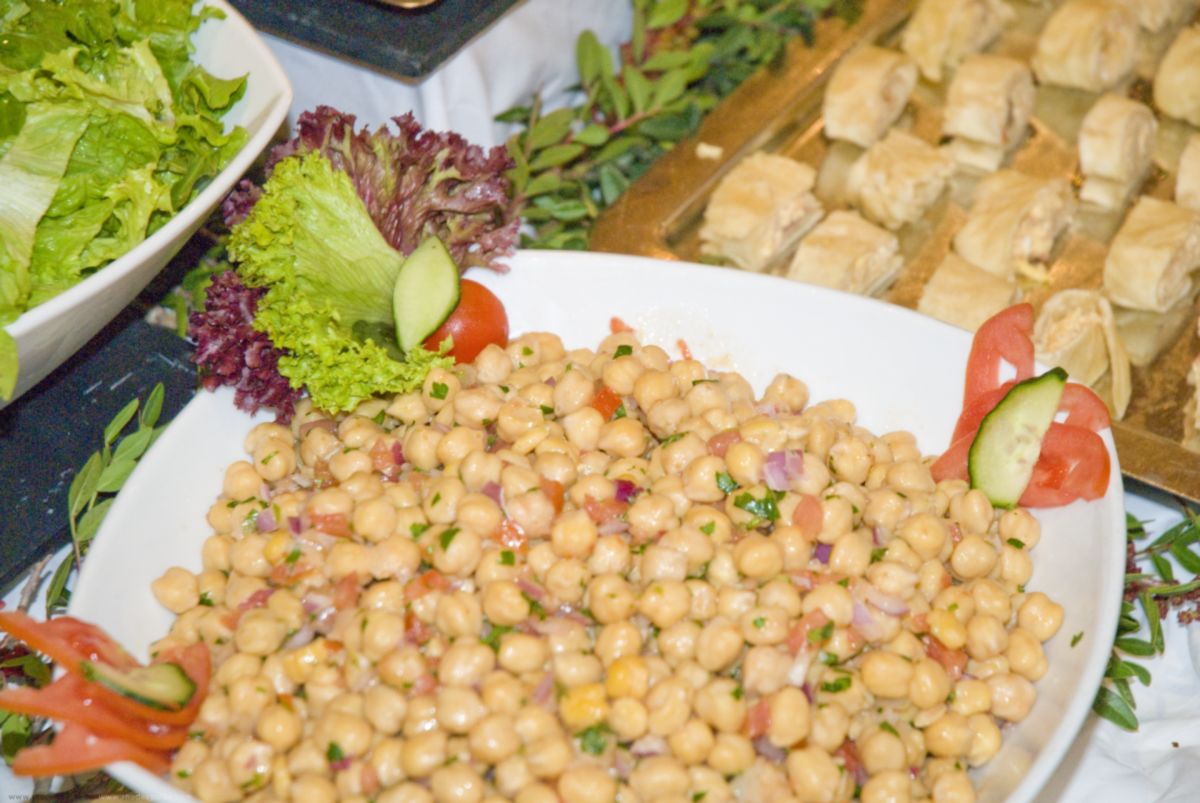
On the typical table set on Rhodes, food is accompanied by extremely delicious bread, which is traditionally home-made (countryside-style bread with fermented rye). In the past, bread-making was a sacred process which was carried out once a week on a schedule and which required particular seriousness and respect. In many villages of Rhodes, bread is still baked in traditional brick, wood ovens. Buns, cheese pies, oil buns and small pies with honey, cinnamon and clove are also baked in these ovens.
Wines and spirits to round up the food experience
The holy liquid of god Dionysos, wine, has been a main feature on the typical table of Rhodes ever since the ancient times and remains one to this day. Vines are grown in many areas of the land of Rhodes and the wines produced on the island are considered to be among the best in the world.
Apart from wines of excellent quality, ouzo (a 40-proof clear alcoholic beverage that is flavored with anise) is very common, as is the local "Souma", a spirit very much like the Cretan or Turkish "Raki", which usually consists more than %40 alcohol. Retsina and local beers are also very popular.
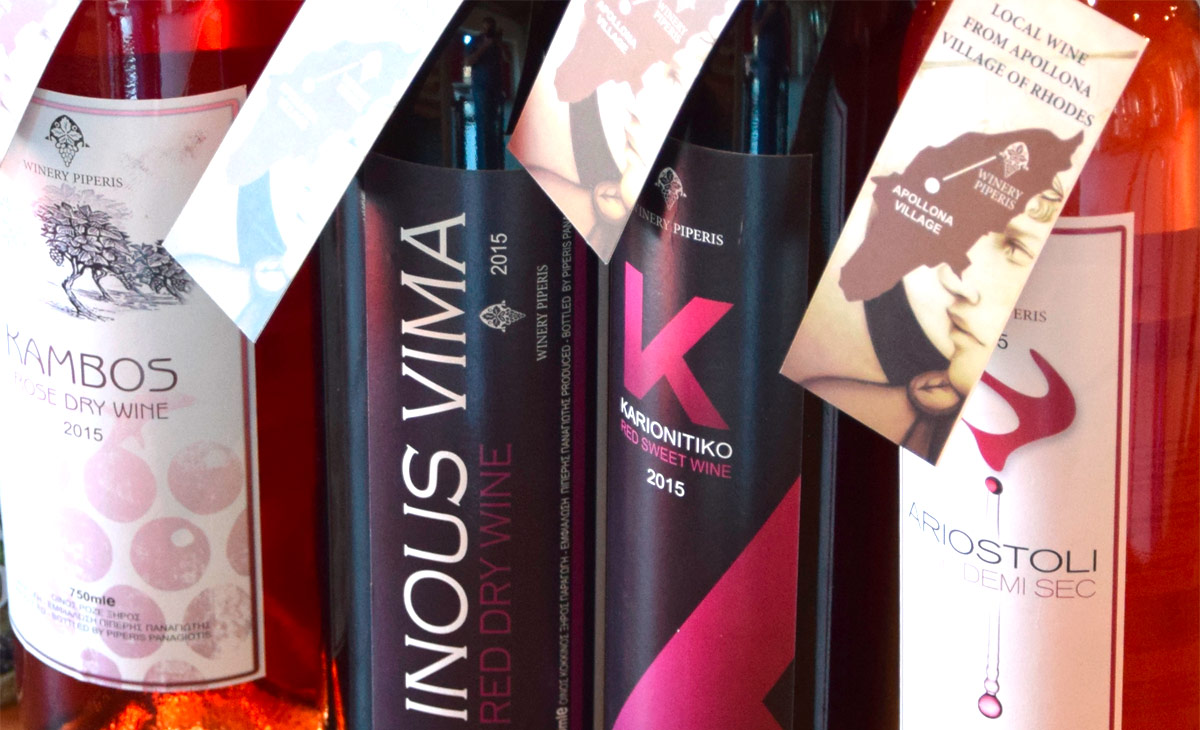
Many taverns and restaurants, especially in the villages of Rhodes, offer local or house bulk wine that can be ordered by the quarter, half, or full liter. Don't be put off by the fact that it's bulk wine. These wines of Rhodes are famous for their great taste and quality since ancient times, and are worth tasting. They also cost less that bottled wines.
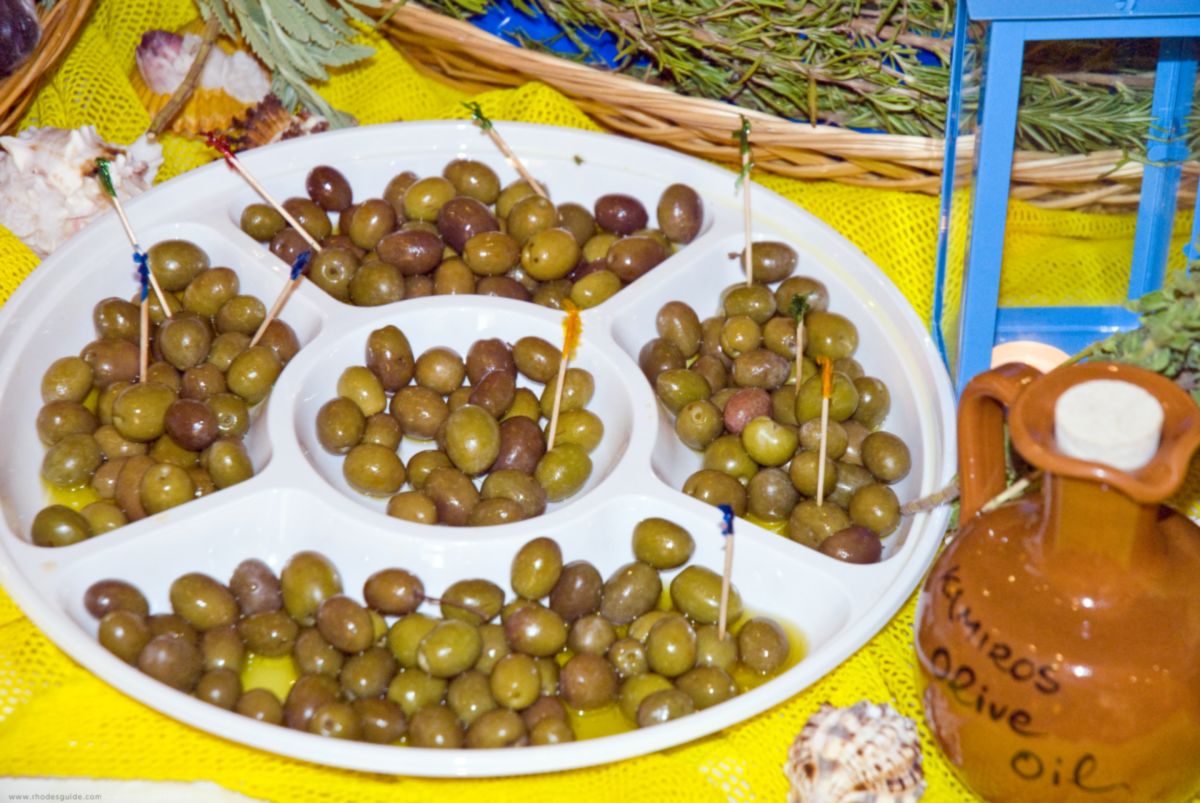
Sweets from heaven
As far as sweets are concerned, the typical ones offered in villages and in the town of Rhodes are the traditional Greek spoon sweets. These are seasonal fruits (quince, plume, orange, chestnut, apricot, cherry etc.), which must be of excellent quality, preserved in sugar. Traditional sweets also include those covered with syrup, the main ingredients of which are nuts (walnuts, hazelnuts, almonds, peanuts, etc.), home-made "fyllo" dough, various dried fruit and, last but not least, honey, which gives these sweets a characteristic aroma as well as a high nutritional value. Well-known sweets are "galaktoboureko", "baklava", "kadaifi", "melomakarona", "simigdalenios chalvas", "ravani" and "samali".
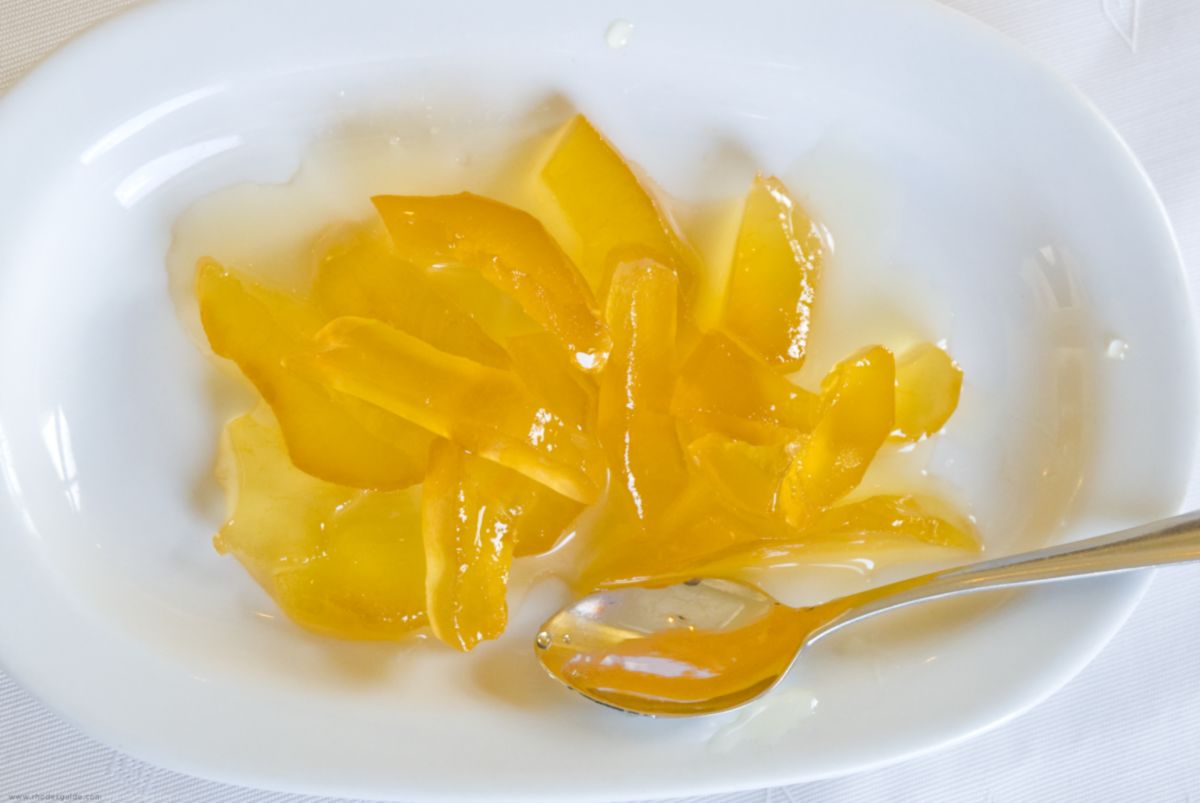
Food, health, and social events
Food is present in many festivities and events of every family in Rhodes. For some days in the course of the year, many people in Rhodes fast and do not consume meat, cheese, eggs and oil. The fasting recommended by the Orthodox Church seems to be an excellent guide to good diet which is beneficial to health, prevents occurrence of chronic illnesses and delays ageing. This is confirmed by research data indicating that humans grow just as well by taking in plant or animal protein, under the condition that the human body also receives sufficient quantities of nutrients from various sources (legumes, cereal, bread, corn, rice etc.). Therefore, this periodical vegetarian diet of the church has excellent results for the health of those fasting. The fact that the Church recommends consumption of seafood, which contains omega-3 fatty acids which are very useful for the protection of man's health, during fasting is of major importance.
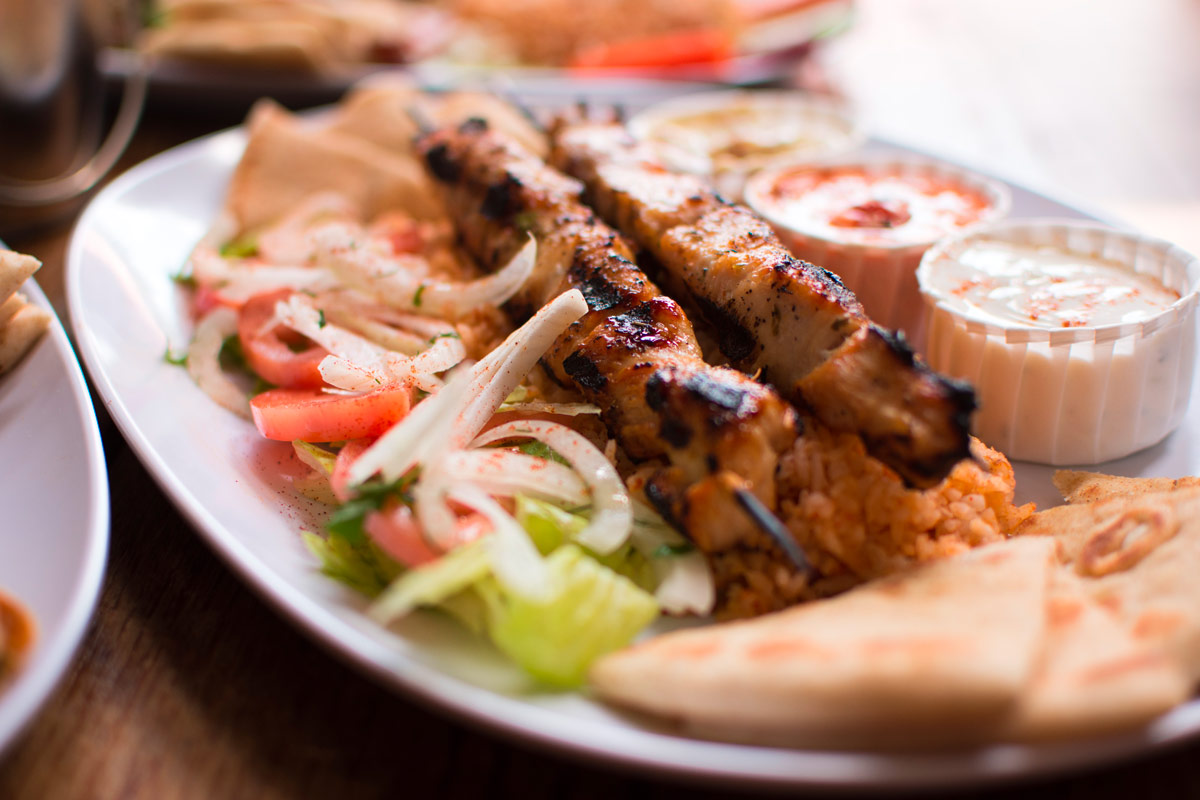
What are some of the traditional food dishes and ingredients on Rhodes?
Legumes and vegetables
These are always present at the table either as appetizers or as side dishes. Legumes and vegetables are essential elements of the diet in the wider Mediterranean. This area produces products of excellent quality. "Perikaftes Grilled slices of hand-made bread with fresh oil and sugar or salt or even plain.
"Pitaroudia"
With zucchini, cauliflower, flour and cheese. They are made from flour, onions, tomatoes and finely chopped peppermint, fried in hot oil. In some cases, mince is also added.
Bulgur with meat or fish or “tsirigia”
Bulgur is boiled wheat ground into thick pieces and is used like pilaf rice. It accompanies meat, fish or tsirigia. It becomes even more delicious when cooked with pork stew in the oven.
“Pouges" or “Pougia"
Pies with a filling of greens, made with traditional "fyllo" dough and baked on a stone.
Wild flora products Depending on the season, wild asparagus, greens. Rare mushrooms and bulbs can be an exquisite "meze" for "souma" or "Boniatiko" wine.
Tzatziki
A refreshing side dish made from strained yogurt, cucumber and garlic.
Greek traditional salad
The must-have dish on the typical table in Rhodes. It contains tomatoes, cucumbers, onions, peppers, olives, caper (optional), feta cheese, oregano, vinegar and ample pure olive oil. Olive oil, with its high
nutritional value, is the cornerstone of Greek cuisine.
"Gemista"
Tomatoes, peppers, eggplants and zucchini stuffed with mince, rice, onion, tomato and parsley. Sometimes they are also prepared without mince.
"Giaprakia"
(Rolls made of fresh grape leaves with or without mince). These are the well-known grape leaf rolls ("dolma") which might be stuffed with mince or not, but they always contain onion, grated tomato, rice, parsley, dill (the so-called "pseftika"-fake), or even more traditionally, finely chopped meat instead of mince. Dolma with cabbage (cabbage leaf rolls containing rice and beef-and-pork mince). "Lachanontolmades" (cabbage leaf rolls containing pork mince and buigur). Dolma with wheat ground into thick pieces, onion and tomatoes and dolma with lentil and cyclamen leaves are worth tasting.
"Kapamas" (or "Lapas Labriotis")
A traditional local dish made from goat, rice, raisins, onions, liver tomatoes and pine cones. "Kapamas" is the traditional Easter dish served in the villages. It is put in the oven on Holy Saturday afternoon and it is taken out on Easter Sunday "Karavoloi" or "Karaoloi" (snails) in the pot Snails boiled with oil, onions and tomatoes.
Goat or Lamb on a spit
Although it is more traditional to cook lamb or goat in the oven and in fact in the wood oven, the spit has also become a part of modern Greek tradition. Grilling and grilled food can bring together large groups of people, an element which is typical of the psychological make-up of the residents of each area.
Easter "Kefalopodaro” and "Mageiritsa"
The local traditional food is "kalopodaro" or the so-called "pokefalo" in the local dialect. It is a soup made by the head and limbs of the goat and it is the traditional dish served after the midnight liturgy of Resurrection. "Mageiritsa" is also quite widespread and is made by goat liver cooked in a soup.
Zucchini flowers
Zucchini flowers stuffed with rice and mince or rice only. Many prefer the cheese stuffing.
"Koulouria”
It remains the traditional wedding dish in many villages of the Municipal Regions of Attaviros, Kamiros and South Rhodes to this day. It is also served in the traditional festivals of the island. It is a type of pasta made from "fyllo" (pie) dough which is then cut into strips. It is cooked in goat meat broth or water with a large quantity of tomato.
"Lakani" or "Lekani"
A traditional dish served on the day of the Dormition of the Mother of God and Easter (which is called "Labri" in the local dialect). It is made from goat meat and wheat ground into thick pieces, baked for about twenty-four hours, preferably in a wood oven. It is called "Lekani" because it is traditionally prepared in a clay bowl ("lekani" in Greek).
"Makarounes" (hand-made spaghetti)
These are made from the same pasta as "koulouria". They are boiled in salted water. strained and then fried with onion or butter and goat cheese.
"Milla" and "Tsirigia"
It is a wintertime dish, usually eaten during the Christmas period. It is the food of the tough farmers of the area and this is why it does not fit well in the contemporary life-style. It is made from the fat of pork meat and therefore has high cholesterol indicators. It is fried over low fire until a sufficient amount of fat melts. Whatever pieces remain in the strainer after straining the fat is called "tsirigia". "Milla" is the pure fat remaining and served as a butter replacement. "Tsirigia" and "milla" can be stored in jars for a long time after being prepared. "Tsirigia" can be served as a "meze" or used in the preparation of other dishes.
“Mousaka" and "Pasticcio" or “Pastitsio”
These dishes are part of the modern Greek cuisine and are also widespread in other areas. Their main ingredients are mince and bechamel sauce. “Musaka” is made with fried potatoes and vegetables (zucchini and eggplant), while “Pasticcio” with special type of pasta.

 English
English
 Deutsch
Deutsch
 Ελληνικά
Ελληνικά